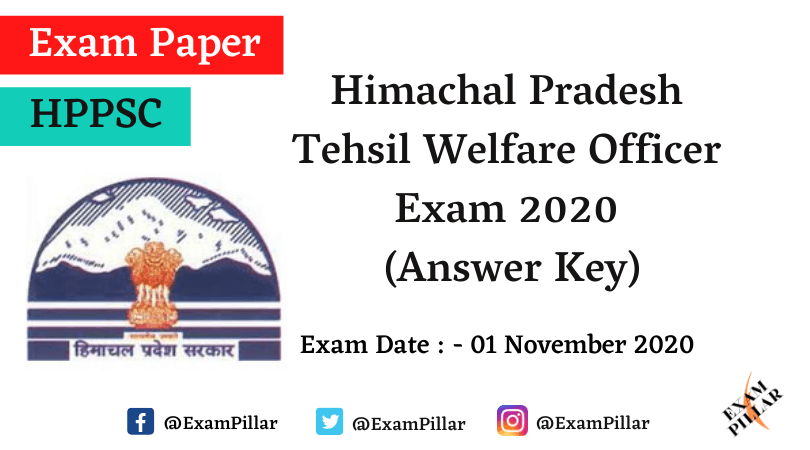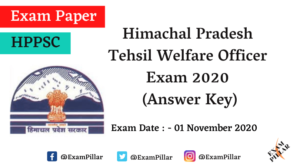21. What was Civil Disobedience Movement?
(A) Revolution
(B) Active refusal to obey certain laws, demands and commands of a government
(C) Freedom from slavery
(D) All of these
Show Answer/Hide
22. Which of the following statement(s) is / are correct about Ramkrishna Mission?
1. The mission is named after and inspired by the Indian saint Ramakrishna Paramhansa,
2. It was founded by Swami Vivekanand in 1897 AD.
3. It propagates four yogic ideais – jnana, bhakti, karma and Raja Yoga.
(A) 1 only
(B) 1 & 2 only
(C) 1, 2 & 3 only
(D) 2 & 3 only
Show Answer/Hide
23. Which of the following statement(s) is / are are correct?
1. The East india Company for the first time acknowledged the state responsibility for promotion of Education in India
2. The Charter Act of 1813 allowed the Christian missionaries to spread their religious ideas in India.
(A) 1 only
(B) 2 only
(C) 1 & 2
(D) None of these
Show Answer/Hide
24. Consider the following incidences and arrange them in correct chronological order:
1. Jallianwalla Bagh Massacre
2. Foundation of Muslim league
3. Civil Disobedience Movement
4. Khilafat Movement
(A) 1, 2, 3, 4
(B) 3, 4, 2, 1
(C) 4, 3, 2, 1
(D) 2, 1, 4, 3
Show Answer/Hide
25. In which of the following sessions of the Congress, new constitution was adopted and a working committee was formed?
(A) Amritsar Session, 1919
(B) Nagpur Session 1920
(C) Gaya Session 1922
(D) Delhi Session 1923
Show Answer/Hide
26. Which of the following is incorrect about Indian Independence Act?
(A) British monarch retained his right to veto bills for certain period
(B) It abolished the office of Viceroy
(C) It provided for the partition of India
(D) Freedom to princely states to join the Dominion of India or the Dominion of Pakistan or to remain separate
Show Answer/Hide
27. Which of the following statement(s) is / are correct?
1. Warren Hastings was the first Governor-General of India.
2. Lord Canning was the first Viceroy of India.
(A) 1 only
(B) 2 only
(C) 1 & 2
(D) Neither 1 nor 2
Show Answer/Hide
28. For what, Frazer Commission was appointed in 1902?
(A) Education Reforms
(B) Police Reforms
(C) Economic Reforms
(D) Army Reforms
Show Answer/Hide
29. Purna Swaraj or the complete independence was demanded by the Congress in which of the following session?
(A) Madras session 1927
(B) Delhi session 1932
(C) Bombay session 1918
(D) Lahore session 1929
Show Answer/Hide
30. Which of the following Acts is also known as Lord Cross’s Act?
(A) Indian Councils Act of 1861
(B) Indian Councils Act of 1892
(C) Indian Councils Act of 1909
(D) The Government of India Act, 1919
Show Answer/Hide
31. Which of the following movements developed a revulsion against Hindu Religion and Culture?
(A) Brahmo Samaj
(B) Arya Samaj
(C) Young Bengal Movement
(D) Aligarh Movement
Show Answer/Hide
32. From where Raja Rammohan Roy borrowed the concept of one God?
(A) Vedas
(B) Smrities
(C) Upanishads
(D) Epics
Show Answer/Hide
33. Who founded Dharma Sabha with the object of opposing the Brahmo Samaj?
(A) Keshab Chandra Sen
(B) N.G. Chandavarkar
(C) Radhakant Deo
(D) Vivekanand
Show Answer/Hide
34. Which of the following Acts legalized marriage of Widows?
(A) Act XV
(B) Act XVII
(C) Act III
(D) Act XXI
Show Answer/Hide
35. Ashtadhyayi of Panini is a work on?
(A) Grammar
(B) Polity
(C) Economy
(D) Society
Show Answer/Hide
36. The Dharma-sutras classify marriages into…
(A) Seven types
(B) Eleven types
(C) Eight types
(D) Nine types
Show Answer/Hide
37. The Tri-rata of Jainism does not consist of
(A) Right Faith
(B) Right Knowledge
(C) Right Conduct
(D) Right Food
Show Answer/Hide
38. Archaeological remains from Bulandibagh are associated with ______ .
(A) Pataliputra
(B) Taxila
(C) Mathura
(D) Bhita
Show Answer/Hide
39. Sopanas in Stupa architecture signifies ….
(A) Circumambulatory Path
(B) Stairs
(C) Stone Railings
(D) Stone Umbrella
Show Answer/Hide
40. Dashavatara Temple at Deogarh belongs to:
(A) Mauryan Period
(B) Kushana Period
(C) Gupta Period
(D) Post Gupta Period
Show Answer/Hide








How to get free Mock test and Quiz for ISRO or DRDO exams